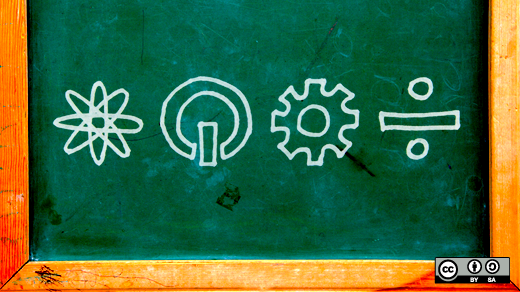Kids are quick learners and have great imaginations. When pursuing an electronic or hardware project with a kid, the most important thing to keep in mind is: keep things playful. As long as their hands are in gunk and they are taking things apart, or there's the possibility of blowing something up, kids will stay interested. As soon as the activity starts to seem like work, they switch off.
Here are four fun and easy projects for teaching kids more about electronics and hardware in a couple hours or an afternoon. Then, they may be on to the Arduino board or Raspberry Pi before you know it! Note: For kids between 4 - 8 years old, more adult supervision may be required.
First, I'll share with you three excellent businesses where you can purchase open hardware tools, kits, and electronics for these projects and more.
Open hardware retailers
-
littleBits has an open source library of electronic modules that snap together with tiny magnets.
-
SparkFun Eletronics has the bits and pieces to make your electronics projects possible; they also offer classes and online tutorials.
-
Adafruit Industries has tools, equipment, and electronics for makers of all ages and skill levels.
Four fun and easy projects for kids
1. Broken toy day
Activity: Take old toys apart, poke at them, and scavenge electronic components. Try to figure out what is broken and see if you can fix it.
What you need: A screwdriver, some batteries, a few wires to test and play with components, and a soldering iron (initial adult supervision advised) to repair parts.
Read: Unleash your children's desire to take things apart
2. Learn to solder
Activity: Almost every electronics project requires you to know how to solder. Solder wires and pieces of coat hangers together to make wire sculptures, or solder basic electronic circuits.
What you need: A soldering iron, wires, coat hangers, other metal parts lying around
Watch: How to solder video
3. Make conductive and non-conductive putty
Activity: Make batches of conductive and non-conductive putty for teaching kids learn the basics of eletrical concepts, like the difference between "in series" and "in sequence" for circuits. Putty is great for smaller fingers too!
What you need: A few LEDs, maybe a Piezzo buzzer, some switches, a battery pack, and some pieces of wire.
Recipe: for conductive silly putty
4. Write a video game
Activity: Write a simple video game where you have to guide a hand-drawn character through a hand-drawn maze. For older kids, add a monster that roves through the maze or other obstacles to avoid.
What you need: Scratch: a kid-focused program for coding. Though this activity may not deal directly with electronics or hardware, this drag and drop programming technique will teach kids how circuit boards and systems rely on code at that next stage of functionality.
Find more: Scratch starter projects
See the full list of Youth in Open Source Week articles.







3 Comments